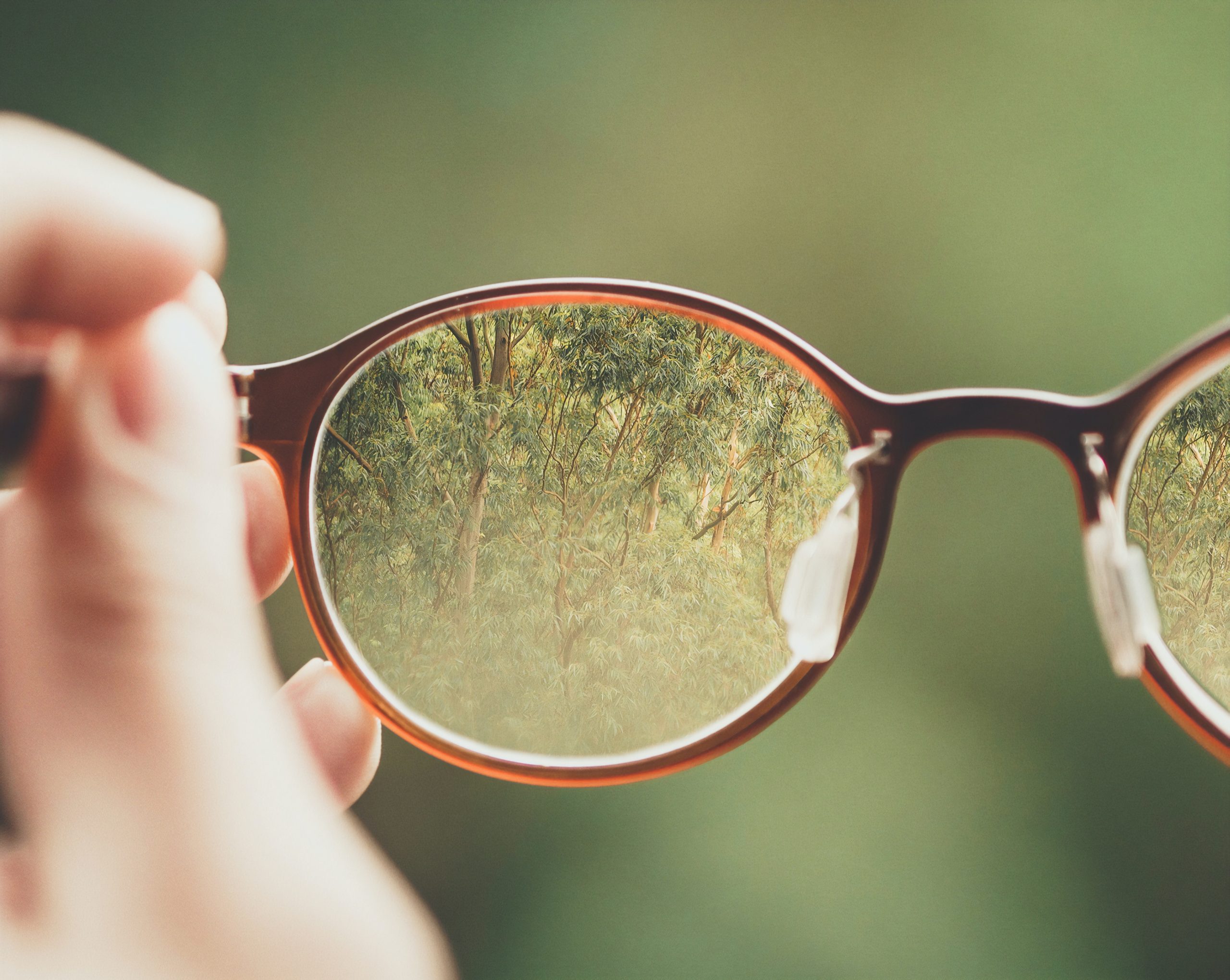
All You Need to Know About Binocular Vision Dysfunction
Our sense of sight is one of our most valuable senses, allowing us to perceive the world around us. Our eyes work together to provide binocular vision, allowing us to perceive depth and see 3D objects. This is essential for many tasks, such as driving, playing sports, and reading. However, it can sometimes face issues affecting our vision. Many conditions, such as cataracts, glaucoma, and macular degeneration, can affect the eyes. However, one condition that is often overlooked is binocular vision dysfunction (BVD).
BVD is a condition that affects the way the eyes work together. It occurs when the eyes cannot work in unison, causing problems with depth perception and eye coordination. This can lead to various symptoms, including headaches, dizziness, and difficulty reading and concentrating. Moreover, BVD is often misdiagnosed or undiagnosed, leading to frustration among patients who may not know what is causing their symptoms. Few people know what it is, much less how it can affect their eyes, so we will discuss the details in this article.
What Is Binocular Vision Dysfunction?
BVD is caused by a misalignment of the eyes, which can be due to various factors. One of the most common causes is a traumatic brain injury, which can affect how the brain processes visual information. Other causes can include a stroke, a concussion, or a developmental disorder.
BVD can also affect children, particularly those with reading and learning difficulties. This can be due to various factors, such as a developmental disorder or a traumatic brain injury. Children with BVD may have trouble reading, writing, and other tasks requiring visual processing.
Signs a Person Has Binocular Vision Dysfunction
The symptoms of BVD can be varied among people. The most common ones are:
Headaches and Dizziness
Headaches and dizziness are common symptoms of binocular vision dysfunction (BVD). These symptoms can be caused by the strain the eyes and brain go through when trying to coordinate. When the eyes are not working together, the brain has to work harder to make sense of the images each eye receives, leading to eye strain, headaches, and dizziness.
Blurred or Distorted Vision
Blurred or distorted vision is another common symptom of BVD. Because the eyes are misaligned, each eye’s images of the brain differ. This can cause double vision, blurry vision, or distorted vision. Sometimes, this can lead to difficulty reading or focusing on objects.
Difficulty with Depth Perception
People with BVD may also have difficulty with depth perception. Depth perception is the ability to judge distances and perceive the 3D nature of objects. When the eyes are not working together, the brain may have trouble accurately processing the information needed to judge an object’s depth. This can lead to clumsiness, difficulty with sports or activities that require hand-eye coordination, and a fear of heights or falling.
Treating Binocular Vision Dysfunction
BVD compromises a person’s eyesight, but the good news is that treatments are available for it, depending on the severity of the condition. Some of these include:
Vision Therapy
Vision therapy is a non-surgical and non-invasive treatment for BVD that aims to improve the coordination and flexibility of the eyes and brain. It is a customized treatment plan tailored to each patient’s individual needs.
The therapy sessions involve a series of eye exercises and activities that work to train the eyes to work together more efficiently. These exercises include tracking moving objects, focusing on near and far objects, and targeting specific points in space.
A trained vision therapist typically conducts the therapy sessions, which may take place over several weeks or months, depending on the severity of the condition. The frequency and duration of the sessions will vary based on each patient’s needs.
Prismatic Lenses
Prismatic lenses are another treatment option for BVD. These lenses are designed to help correct the misalignment of the eyes by bending the light that enters the eyes. This helps shift the image seen by one eye to match the image seen by the other.
An eye doctor usually prescribes prismatic lenses, which can be worn in glasses or contact lenses. They can be a helpful addition to vision therapy or used independently for mild cases of BVD.
It’s worth noting that prismatic lenses do not address the underlying issues causing BVD and may only provide temporary relief. Vision therapy is often recommended in conjunction with prismatic lenses for long-term improvement.
Therapeutic Eyeglass Lenses
Like prismatic lenses, therapeutic eyeglass lenses aim to correct vision problems associated with BVD. However, therapeutic lenses are designed to improve eye coordination and reduce eye strain rather than adjust for misalignment’s effects. Therapeutic lenses also come in different types, such as::
- Yoked prism lenses use prism power to align the eyes and improve binocular vision. They are beneficial for people with mild to moderate BVD.
- Base-in prism lenses are designed to reduce the eye strain caused by convergence insufficiency, a common problem associated with BVD.
- Punctal occlusion lenses treat dry eye syndrome, which can cause discomfort and reduce visual acuity.
BVD At a Glance
BVD is a condition that can cause a variety of symptoms, most of which compromise eyesight. For this reason, seeking treatment from an eye care professional who can diagnose and address the underlying issue is crucial, especially if a person has been dealing with it since childhood. This way, the appropriate lenses can be prescribed to correct the problem and alleviate any discomfort or strain on the eyes.
If you’re looking for eye doctors in Bend. Oregon, Lifetime Vision Care can help! Our eyes are fundamental senses, so we provide comprehensive treatment options to ensure your eyesight continues to serve its purpose. Reach out today to schedule an appointment!
Do you have questions
Contact Us Today!

